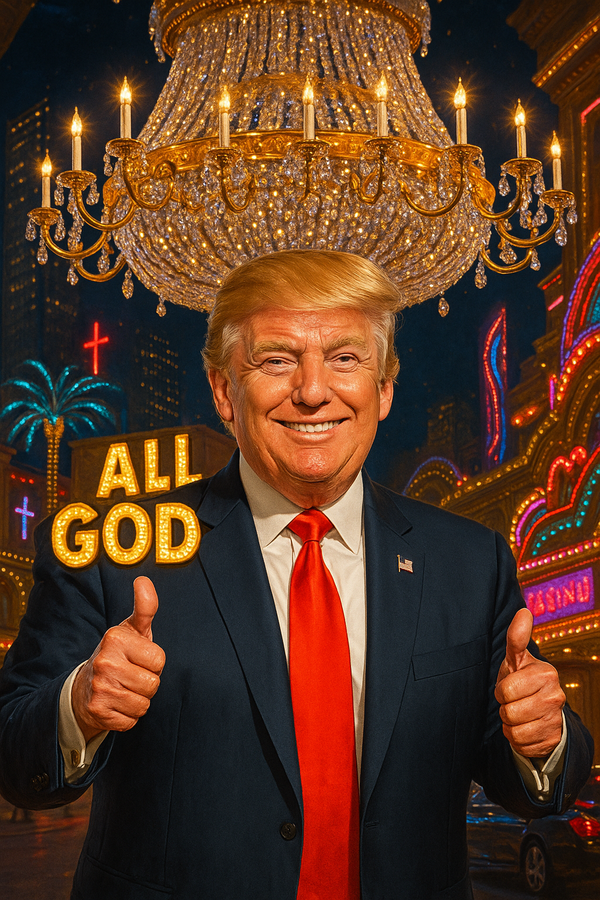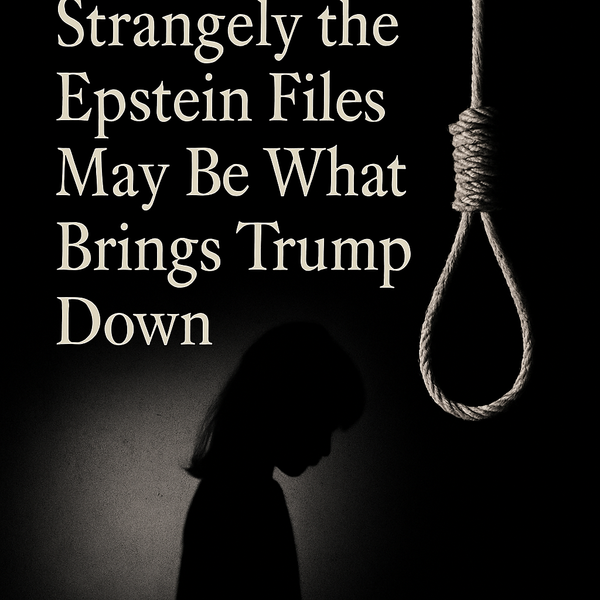The Bastards Stole My Flags
I was born in Selma, Alabama. The man who designed the original Confederate flag—the “Stars and Bars”—painted a portrait of my great-great-grandfather. That detail always stayed with me. For my family, the flag meant something—something hard to explain. Not racism. Not rebellion. More like memory. Pride, Presence. Identity.
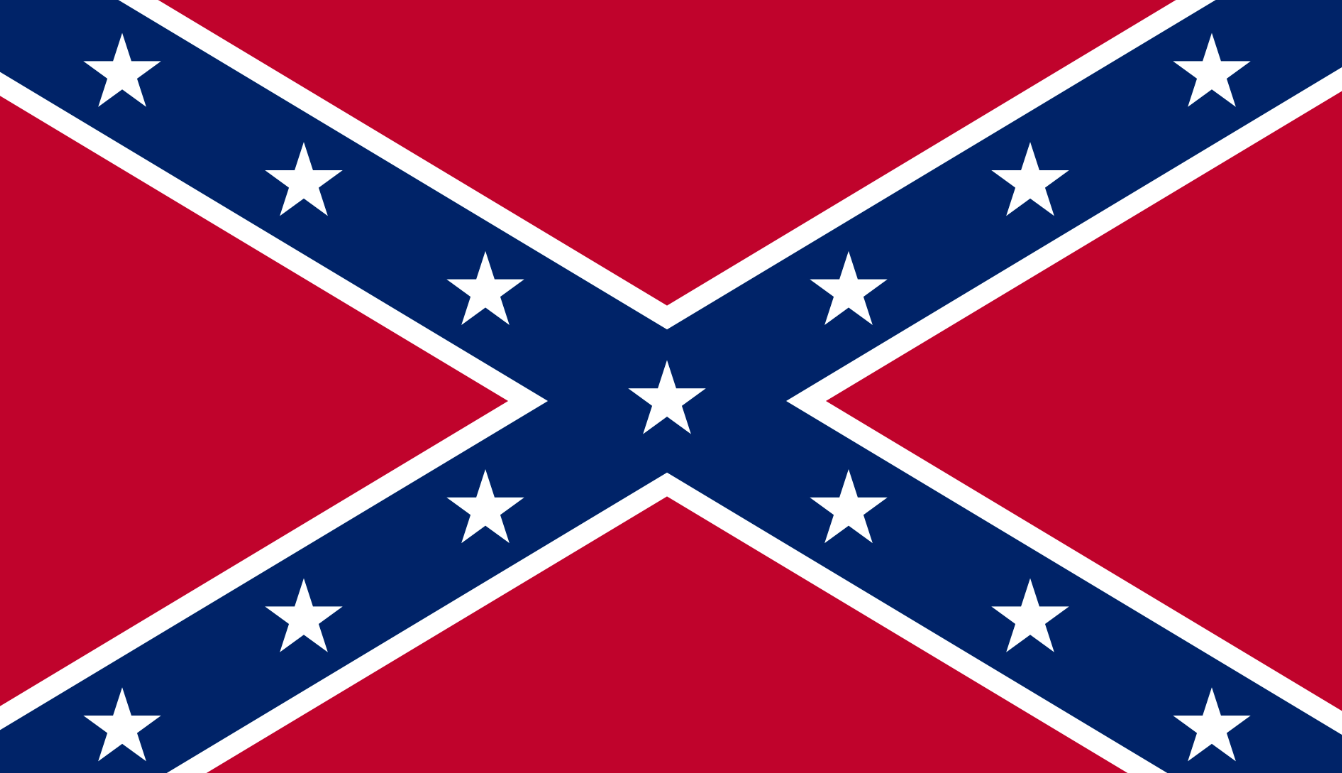
But what most people think of as the “Confederate flag” isn’t even the real one. It’s the Confederate battle flag—the red field with the blue X and stars. That flag was never the nation’s official symbol. It was carried into combat. Into blood, mud, and fire because the men fighting on both sides, often confused it with the U.S. flag.
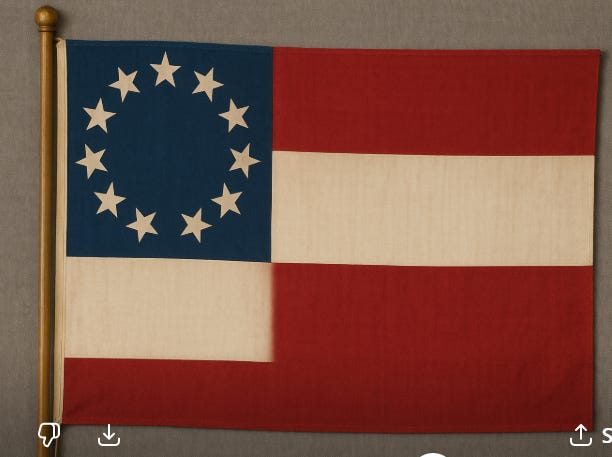
And eventually, into county fairs and beer ads. Into tailgates and riots. It was picked up not by historians, but by the kinds of people who didn’t care where it came from—only how it felt. They turned it into a warning, a middle finger, a brand. And whatever it once meant to us was drowned in that noise.
Then they took another flag—my other flag.
The United States flag. The one my family saluted. The one folded at my uncle’s and cousin’s funeral. The one that draped two of my cousins' coffins after they were killed in World War II. The one we were taught never to let touch the ground. The one we stood for, not because someone told us to, but because we believed it meant something—sacrifice, duty, honor.
Now it hangs off the tailgates of jacked-up trucks and waves at rallies where the Constitution gets booed. It’s worn like a costume by people who threaten civil war every time they don’t get their way. People who cheer for authoritarians, sneer at elections, and call journalists the enemy of the people.
That flag doesn’t belong to them. But they’ve grabbed it—loudly, proudly, violently—and turned it into a symbol of something small, mean, and vengeful.
So now both flags—one I never chose and one I thought I had—are gone. Stolen, twisted, and paraded around by the truly kind of people my family spent generations defending this country from.
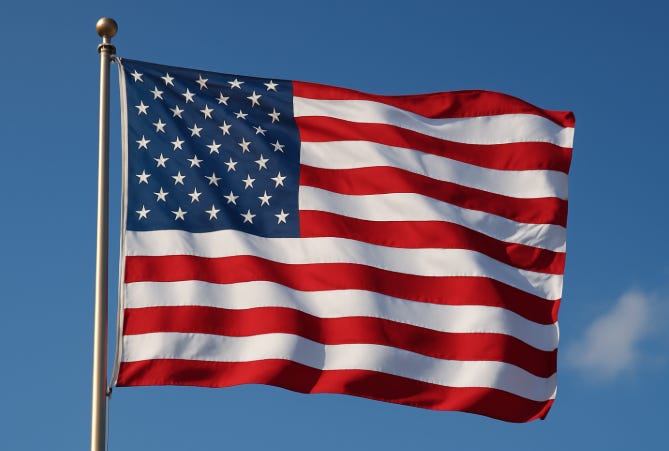
Appendix: U.S. Flag Code (Selected Excerpts)
The U.S. Flag Code (Title 4, United States Code, Chapter 1) lays out official guidelines for the display and treatment of the American flag. It’s not legally enforceable—the Supreme Court has ruled that flag desecration is protected under the First Amendment—but it remains the standard for respectful conduct.
§ 8. Respect for the Flag
- (d) The flag should never be used as wearing apparel, bedding, or drapery.
- (g) The flag should never be used for advertising purposes in any manner whatsoever.
- (i) The flag should never be used as a receptacle for receiving, holding, carrying, or delivering anything.
- (j) No part of the flag should ever be used as a costume or athletic uniform.
- (k) The flag should never be used as a covering for a ceiling.
§ 6. Time and Occasions for Display
- (a) The flag should be displayed only from sunrise to sunset, unless properly illuminated during darkness.
- (c) It should be displayed on all days, but especially on national holidays such as Independence Day, Veterans Day, and Memorial Day.


